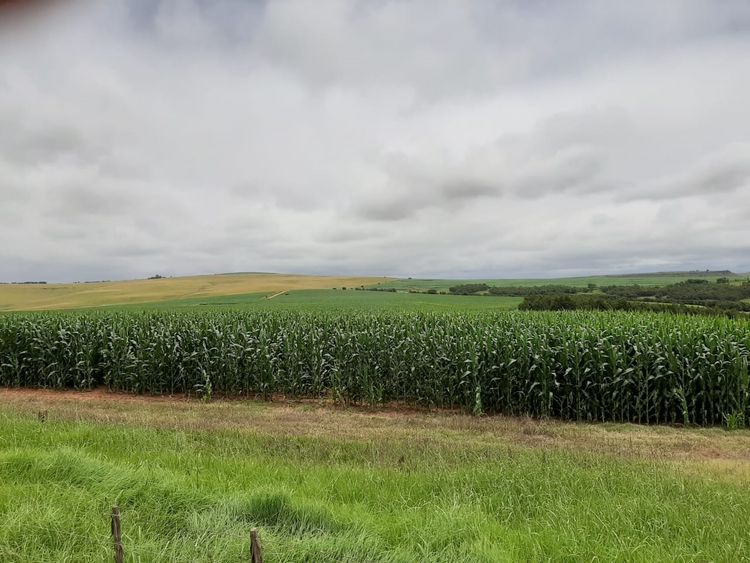How damaging is the recent heat wave to agriculture in South Africa?

The heatwave in most regions of South Africa is worrying – and if it persists, it may strain agricultural activity in some areas. So far, most agricultural regions in the country remain in fair condition. The heavy rains of November improved soil moisture immensely, and better soil moisture supported crop development in the past few days of intense heat.
Of course, I am speaking broadly here. There are areas around Delmas in Mpumalanga and parts of Limpopo province that were not as fortunate as the ones that had benefited from the November rains. The recent heatwave has been challenging and costly for livestock farmers who require feed for these regions.
Still, I continue to find comfort in the near-term weather prospects, which show a possibility of heavy rain over the next two weeks – see the coloured parts of the South African map.
The La Niña event remains activated for the medium term, providing additional comfort that there may be above-normal rainfall between these high temperatures to support agricultural activity. And yes, the La Niña rains are late in some regions, such as the parts of Limpopo I mentioned continue to struggle.
I remain optimistic about the 2024-25 agricultural season in South Africa. We have yet to contact many of our Southern African colleagues to get a sense of rainfall and farming conditions.
The Southern Africa region endured a heavy mid-summer drought in the 2023-24 season, which led to massive crop failure. For example, the 2023-24 grains and oilseeds harvest in South Africa fell by 23% y/y, Zimbabwe’s maize crop declined by 60%, and Zambia’s maize crop fell by half. There were also massive crop losses in Lesotho, Mozambique, and Malawi.
The 2023-24 crop failure also increased the region’s poverty levels.
Thus, I hope that the La Niña rains in 2024-25 will provide a recovery in the Southern Africa region’s agricultural conditions and food security.
Follow me on X (@WandileSihlobo).









































